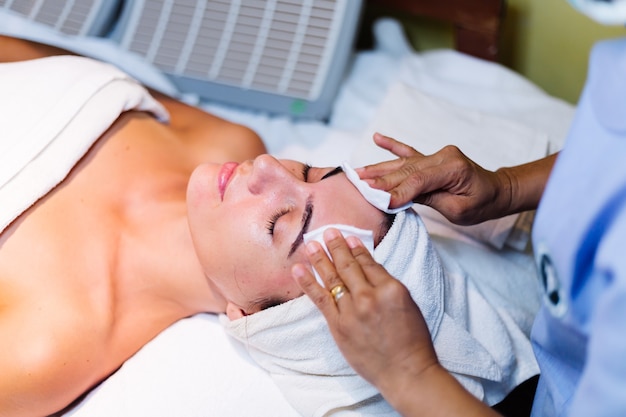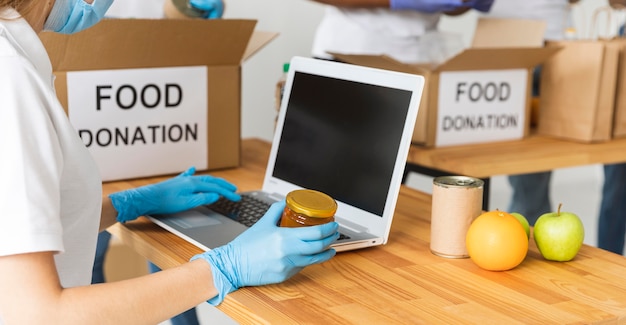
Keeping food safe from contaminants involves following strict hygiene and safety practices. Even if you’ve completed Food Hygiene and Safety Training, it’s easy to forget the basics while cooking every day. Whether you’re in a professional kitchen or just cooking at home, sidestepping these common errors can create a healthier food environment.
1. Hand Hygiene
Proper handwashing is a simple yet often neglected part of food safety. Many people think a quick rinse is enough, but effective washing means scrubbing with soap for at least 20 seconds. This is essential before cooking and after dealing with raw foods like meat, poultry, or seafood, as skipping this step can lead to the spread of pathogens like Salmonella and E. coli, which cause serious illnesses.
To avoid this mistake, wash hands with soap for 20 seconds, especially after handling raw meat or using the bathroom. Dry with a clean towel or air dryer to prevent germ spread.
2. Cross Contamination
Cross contamination happens when bacteria from raw food come into contact with cooked or ready-to-eat items, often through shared tools or cutting boards.
To prevent this, use separate cutting boards for raw meat and other foods, and always clean and disinfect surfaces, knives, and utensils after handling raw items.
3. Ignoring Expiry Dates
It’s easy to overlook expiry dates, but eating expired food can be a health risk. These dates tell you when food is no longer safe.
To prevent this, check expiry dates before using products and organize your fridge and pantry to use older items first.
4. Wrong Food Storage Temperatures
Storing food at incorrect temperatures gives bacteria a chance to grow. The danger zone for bacterial growth is between 5°C and 63°C. Perishable items should be stored below 5°C.
Ensure your fridge is set below 5°C and refrigerate leftovers within two hours to avoid this issue.
5. Thawing Food at Room Temperature
Leaving food out to thaw on the counter can lead to bacteria growth as the outer layers warm up while the center stays frozen.
Thaw food in the fridge, under cold water, or in the microwave instead, and don’t leave perishable foods out for more than two hours.
6. Overlooking Personal Hygiene
While focusing on food, don’t forget the hygiene of the cook. Germs can transfer through dirty clothes, untied long hair, or when cooking while ill.
Wear clean clothes and tie back your hair in the kitchen, and avoid handling food when feeling sick.
7. Cooking at Wrong Temperatures
Cooking food to the proper temperature kills dangerous bacteria. When rushed, meals might be undercooked, leading to foodborne illnesses.
Use a thermometer to ensure food reaches the right internal temperature, checking the thickest part of the meat.
8. Reusing Untidy Utensils
Using the same utensils for raw and cooked foods can cause cross contamination, often in a busy kitchen.
Use different utensils for raw and cooked food, and always clean cutting boards and surfaces immediately after use.
9. Not Properly Washing Produce
Fruits and vegetables can carry bacteria or pesticides, yet many skip washing them properly.
Rinse all produce under running water, and scrub firm options like cucumbers or melons with a clean brush.
10. Overlooking Kitchen Surface Cleaning
Kitchen surfaces, especially worktops and cutting boards, can harbor bacteria if not cleaned after use.
Disinfect surfaces after prepping food, particularly after handling raw meat, using a kitchen disinfectant or hot water and soap.
Food safety is crucial not just for avoiding foodborne illnesses but also for protecting your health and that of others. By being aware of these mistakes and actively preventing them, you ensure the food you prepare is both safe and nourishing. By keeping these ten common errors in mind, you’ll be well on your way to mastering safe cooking techniques.









